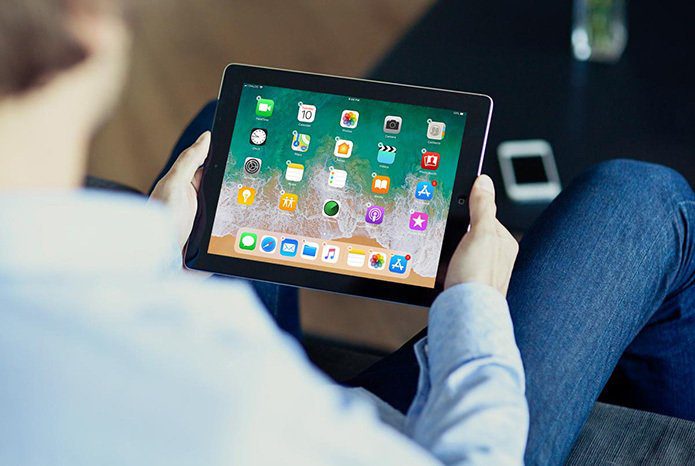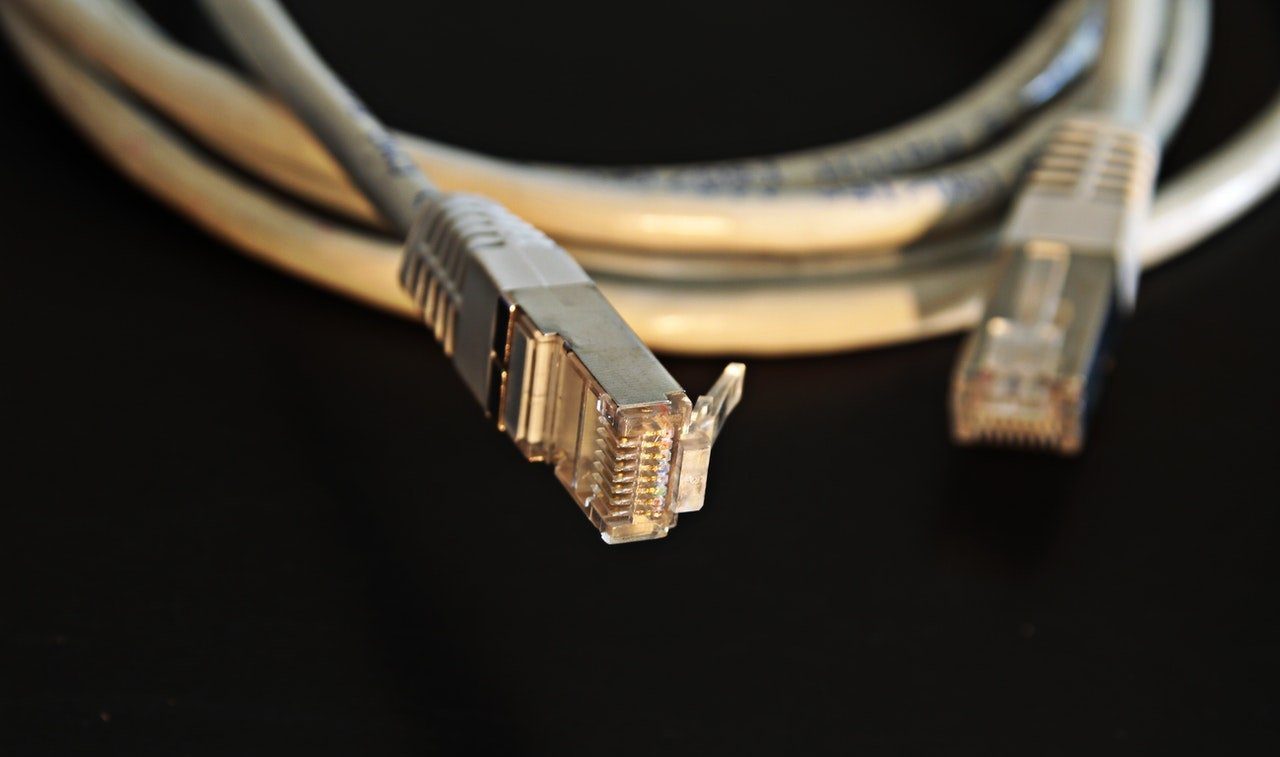If you would like to update the look of the Icons on your Windows PC, there are a few ways to do it without breaking anything. Only thing we recommend is to create a restore point for your Windows PC before making any changes.
How to Change the Default Icons to the In-built Windows Icons
The default Icons of a PC comprise of what you’d typically see on your Desktop, the Folder, File Type etc. Using the Personalization Setting on Windows 10, these icons can be customized.
1. Changing the Default Icons on a Windows Desktop
For all Windows PCs, the default desktop apps include Computer, User’s Files, Recycle Bin, Network and Control Panel. The Icons for these desktop apps can be changed using the steps below. Step 1: Launch the Settings app on your PC. Step 2: Select the Personalization option. Step 3: Select the Themes Option. Step 4: On the right window, scroll down to the Desktop icon settings. Step 5: On the new window, select the Desktop Icon to be changed. Step 6: Click the Change Icon button at the bottom. Step 7: A new window with built-in Windows icons should come up. You can choose any of them or click Browse to use other icons. Step 8: Select the preferred Icon and click OK to save changes. After completion of the steps above, the new Icon should appear in the taskbar, on the desktop, or in File Explorer depending on the location. If you would like to change the icon back to its original state, follow the steps 1 to 5 above. Click the Restore Default button and the Icon should be back to default setting.
2. Changing the Default Icon in a Folder
The Icon of a Folder can also be customized using the steps below. Step 1: Select the folder and right-click on it. Step 2: Select Properties and a new window should open. Step 3: On the window, select the Customize tab and click the Change Icon button. Step 4: A new window with built-in Windows icons should come up. You can choose any of them or click Browse to use other icons. Step 5: Select the preferred Icon and click OK to save changes. The folder should appear with the new icons now. To change or revert back to the previous Icon, repeat steps 1 to 3 above and select Restore Default.
3. Changing the Default Icon on a File Type
You may have observed that all the same type of files, ending with the same extension have the same icon. For instance, all Word documents have the same icon. You can change the icon of all the files having the same extension. Unlike your Folder Icons and the ones on your Desktop, changing the File Type Icon requires the use of a third-party tool. Step 1: Download the File Types Manager tool developed by Nirsoft. Get File Types Manager Tool Step 2: Launch and run the application, then locate the file type to be changed by pressing Ctrl + F. Step 3: A list of file types will appear. Double-click the particular file type. Another window will open with more options. Step 4: Click the ellipsis (…) button next to the Default Icon field. Step 5: Choose the preferred icon in the new dialog box. Step 6: Save the changes by selecting OK. To restore the File Icons to default settings, follow the same steps above.
How to Create Custom Icons
The in-built icons on the Windows PC offer limited options. You can, however, create your own using any of the methods below.
Download Icons from Third-Party Websites
It is also possible to use icons from third-party websites if you’re not impressed with in-built icons. Follow the steps below. Step 1: Search for icons on Icon-Icons or other similar websites. Visit Icons-Icons Step 2: Download your preferred icons and ensure they are in ICO formats to use them on Windows. Step 3: Right-click on the program whose icons need to be changed and select Properties. Step 4: Click the Change Icon button. Step 5: Click Browse and search through for the downloaded icons. Step 6: Select the preferred icon and click Open. Step 7: Select Apply and click OK to save changes.
Creating Icons Using Microsoft Paint
Step 1: Launch Microsoft Paint. Step 2: You can choose to create an icon using the Shapes on Microsoft Paint or paste an image. Step 3: Save the image with a preferred name. Step 4: Before the file can be used as an Icon, you’ll need to convert it to an ICO file using a third-party app such as Icoconvert. Step 5: Once the image has been converted, use the steps in Methods 1 to 3 above to change your Icons.
Change the Look
With any of the methods above, customizing your PC Icons is simple! Apart from your Folder, Desktop and FileType Icons, you can customize your Drive Icons as well. Check out more ways to personalize your Windows 10 PC. The above article may contain affiliate links which help support Guiding Tech. However, it does not affect our editorial integrity. The content remains unbiased and authentic.
![]()
![]()
![]()
![]()
![]()
![]()
![]()
![]()
![]()
![]()
![]()
![]()
![]()
![]()
![]()
![]()
![]()
![]()
![]()
![]()
![]()
![]()
![]()
![]()
![]()
![]()
![]()
![]()
![]()
![]()
![]()
![]()
![]()
![]()
![]()
![]()


![]()
![]()